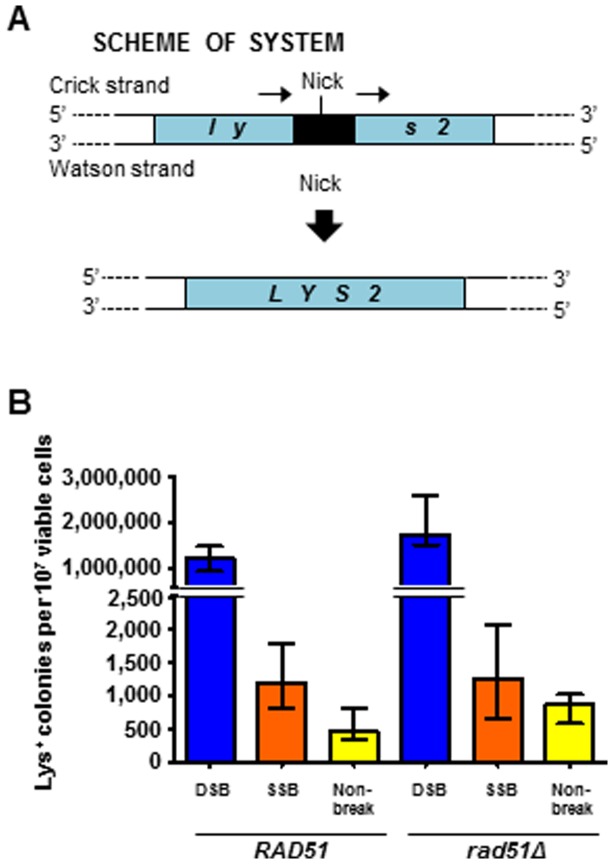Figure 2. An I-SceI K223I break stimulates HR between direct repeats in yeast.
(A) Scheme showing disrupted yeast lys2 chromosomal locus containing the I-SceI recognition sequence (black box) within 90-bp direct repeats (small arrows). The position of the SSB is indicated (“Nick”). DNA strands are identified as “Crick” and “Watson” according to the Saccharomyces cerevisiae Genome Database (SGD). (B) Frequency of Lys+ recombinants following expression of wild-type I-SceI (dark blue bars labeled “DSB”), K223I I-SceI (orange bars labeled “SSB”), or D145A I-SceI (yellow bars labeled “Non-break”) in RAD51 wild-type (left) or rad51-null mutant (right) strains are presented as the median with range (n≥11). For the specific numerical values see Table S3A. Wild-type I-SceI strains used: SAS-74 and SAS-75 (RAD51), and SAS-174 and SAS-175 (rad51Δ). K223I I-SceI strains used: SAS-77 and SAS-149 (RAD51), and SAS-176 and SAS-177 (rad51Δ). D145A I-SceI strains used: SAS-142 and SAS-143 (RAD51), and SAS-178 and SAS-179 (rad51Δ).

